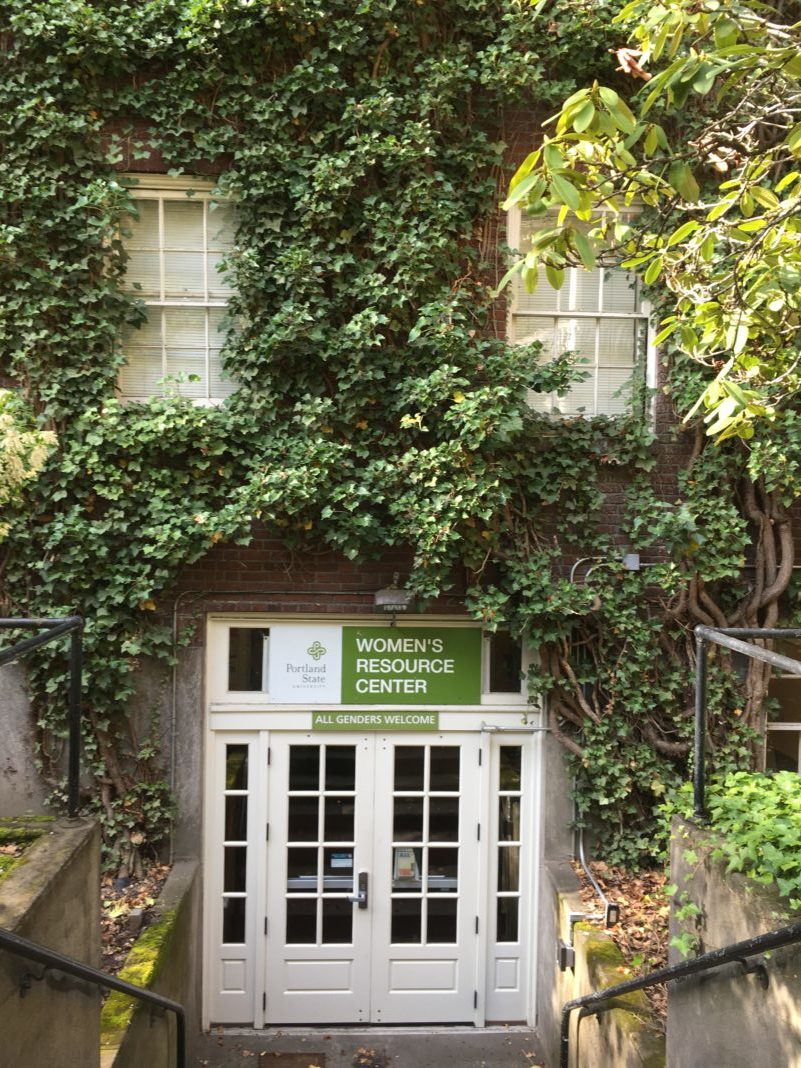The search for sustenance on a cold day
Confession: As a writer, I not only search for exhibitions which might interest readers, but also ones that I might potentially like. I’m too much an artist in my own right to just dwell on all the weaknesses. I know how tough it is to get your work in front of the public.
On a recent cold January afternoon, I searched for a show to write about. For some reason this town is once again flooded with group shows. I could name at least 10, but will refrain. Group shows are not an easy target, unless it’s that singular kind which measures something significant yet to be measured. But unfortunately what we way too often have is a group of works and that’s about it.
What a relief it was then to walk into the Laura Russo Gallery (805 N.W. 21st Ave.), which is presently showing works by Carl Morris, a historical figure in art of the Northwest. The collection of big, committed paintings by a big, committed artist was like a soothing balm after my search. At that point, it wasn’t really a matter if I liked them or not. What mattered was the commitment and, yes, the grandeur that comes with it, instead of getting fed in a piecemeal fashion.
I realized right then and there that indeed that was what I was really searching for. A balm, a refuge, a comfort in excellence, like others might search for hot tea or a drink in the middle of winter. And of course Ms. Russo and Mr. Morris provided it all.
The first thing to hit you is how much these particular paintings are of their time. Nearly every single canvas reeks of the decade in which they were made, the 1970s. The palette is brown, yellow and orange, just like those leather jackets now available in vintage shops. You can see paint but you can also see fashion and I mean this in the most positive of terms. Art is a child of its time, not just of its region.
It’s been said that Morris’ paintings were based on nature in this area and so this particular palette could apply. I sensed it was much more than that, however. The artist is recording his milieu on many levels.
It’s all still in response to gestural art of the ’50s and the trajectory it took here. I saw my own childhood in these paintings, as my mother had a gallery in Oregon in the ’60s. Similar works, not nearly as well executed but still hopeful, made it down the pipeline to the sticks throughout the decades. Morris is one big fish who many smaller fish followed.
While descending from the 1950s, there is a flatness to these works that marks the years to follow. The artist is very successful in mapping out warm, big areas that are organic and crisp without getting too busy. It’s all done with huge confidence.
Even if you like your art in a completely different style or subject matter, you will still get a lot out of these paintings. We don’t really have enough opportunities in Portland to see a group of large paintings by one artist who is so at the top of his game. The familiar name might not entice the viewer who is on the search for something new, but once you stand before these works, you realize why the artist is known as a master.



